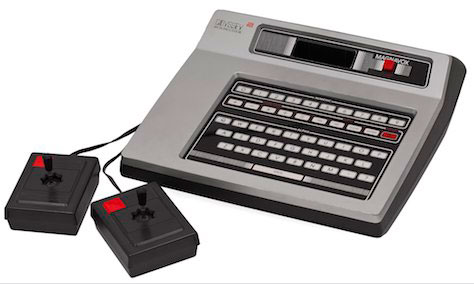The following experts have contributed answers to this month’s edition of Ask UXmatters:
- Richard Alvarez—UX Practice Manager at Saggezza
- Cory Lebson—Principal Consultant at Lebsontech; Past President, User Experience Professionals’ Association (UXPA); author of The UX Careers Handbook
- Janet Six—Product Manager at Tom Sawyer Software; UXmatters Managing Editor and columnist
Q: How do you prefer to study emerging technologies? How do you choose which ones to explore?—from a UXmatters reader
Focusing on Customers’ Problems
“At Saggezza UX, our team focuses on understanding our users and the problems we are trying to solve ,” replies Richard. “We strive to make our users comfortable, remove frustrations, and work toward solutions that are simple and easy to grasp.
“Sometimes user frustrations surface because people need to adapt to new technologies in ways that might not be natural to them. Unfamiliar technologies often force us to adapt—for example, by teaching us how to navigate a desktop computer with a mouse or a mobile phone using gestures. To make sense of new, digital experiences, we apply our own mental models of our human experiences in the real world to digital contexts.
“However, working with today’s emerging technologies often lets us create solutions that adapt to our users’ natural modes of interaction. For example, in the case of voice user interfaces (VUIs), we design solutions that use a mode of interaction with which people are already very familiar—conversation!”
Considering New Technologies to Explore
When looking for new technologies to explore, I watch what types of businesses are growing and what problems those businesses are solving for people.
For example, several years ago, small gyms became very popular. People wanted to work out, but without the hassle and expense of going to a large gym. These businesses made it easier for people to work out and many joined them. Numerous new gyms opened in both urban and rural settings. Then, technology businesses sought to serve this established market better through the introduction of fitness watches and apps. It became even easier to get enough exercise because you could constantly track your fitness goals wherever you were. You could even track the quality of your sleep!
So, in choosing what emerging technologies to pursue, I first observe what business markets are emerging, then consider what technologies could serve them.
Exploring Online Resources
“I find that the most valuable way of keeping up with broader trends in technology is by regularly reading technology blogs and using news aggregators that compile technology articles from multiple sources across the Internet,” answers Cory.
To learn about emerging technologies, I listen to podcasts and watch YouTube videos. I have found that YouTube’s artificial intelligence enables the service to make some great recommendations on what to watch.

